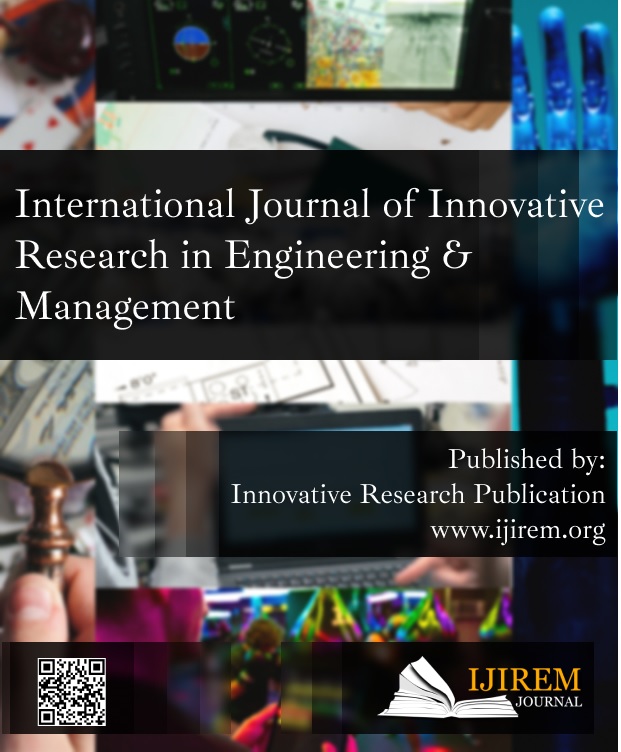An Application of Robust Syllable Segmentation to Syllable-centric Continuous Speech Recognition
Keywords:
Robustness, Speech recognition, Delay, Databases, Hidden Markov models.Abstract
The goal of this article is to (a) build a robust (a) illustrate the importance of verifications in both of the training process of a prototype system using a knowledge-based syllable classifier; and (b) highlight the importance of verifications in all of the training of the network of a prototype system using an understanding morphemes classification approach. A powerful lead to a sudden is used to divide the speech stream into syllables. A non-statistical approach based on attribute delay (GD) de - noising and Phonetic Onset Point (VOP) interpretation is used to achieve this. To syllabify the chromatin structure that matches to the speech, the guidelines can be used. As a consequence, a testing data archive is created. The described train results is being used to train a syllable-based speech recognition system. The test signal is also segmented using the specified manner. Following that, the segmentation data is merged through into syntactic search region, which reduces both withstand higher or the probability of word mistakes (WER). WERs of 3.6 per cent and 21.2 nearly half are found in the TIMIT as well as NTIMIT databases, respectfully.
Downloads
References
. YOU CH, MA B. Spectral-domain speech enhancement for speech recognition. Speech Commun. 2017;
. Bashirpour M, Geravanchizadeh M. Robust emotional speech recognition based on binaural model and emotional auditory mask in noisy environments. Eurasip J Audio, Speech, Music Process. 2018;
. Van Engen KJ, McLaughlin DJ. Eyes and ears: Using eye tracking and pupillometry to understand challenges to speech recognition. Hearing Research. 2018.
. Marxer R, Barker J, Alghamdi N, Maddock S. The impact of the Lombard effect on audio and visual speech recognition systems. Speech Commun. 2018;
. Haridas AV, Marimuthu R, Sivakumar VG. A critical review and analysis on techniques of speech recognition: The road ahead. Int J Knowledge-Based Intell Eng Syst. 2018;
. Mattys SL, Davis MH, Bradlow AR, Scott SK. Speech recognition in adverse conditions: A review. Language and Cognitive Processes. 2012.
. Afouras T, Chung JS, Senior A, Vinyals O, Zisserman A. Deep Audio-visual Speech Recognition. IEEE Trans Pattern Anal Mach Intell. 2018;
. Norris D, McQueen JM, Cutler A. Prediction, Bayesian inference and feedback in speech recognition. Lang Cogn Neurosci. 2016;
. Xiong W, Droppo J, Huang X, Seide F, Seltzer ML, Stolcke A, et al. Toward Human Parity in Conversational Speech Recognition. IEEE/ACM Trans Audio Speech Lang Process. 2017;
. Maas AL, Qi P, Xie Z, Hannun AY, Lengerich CT, Jurafsky D, et al. Building DNN acoustic models for large vocabulary speech recognition. Comput Speech Lang. 2017;
